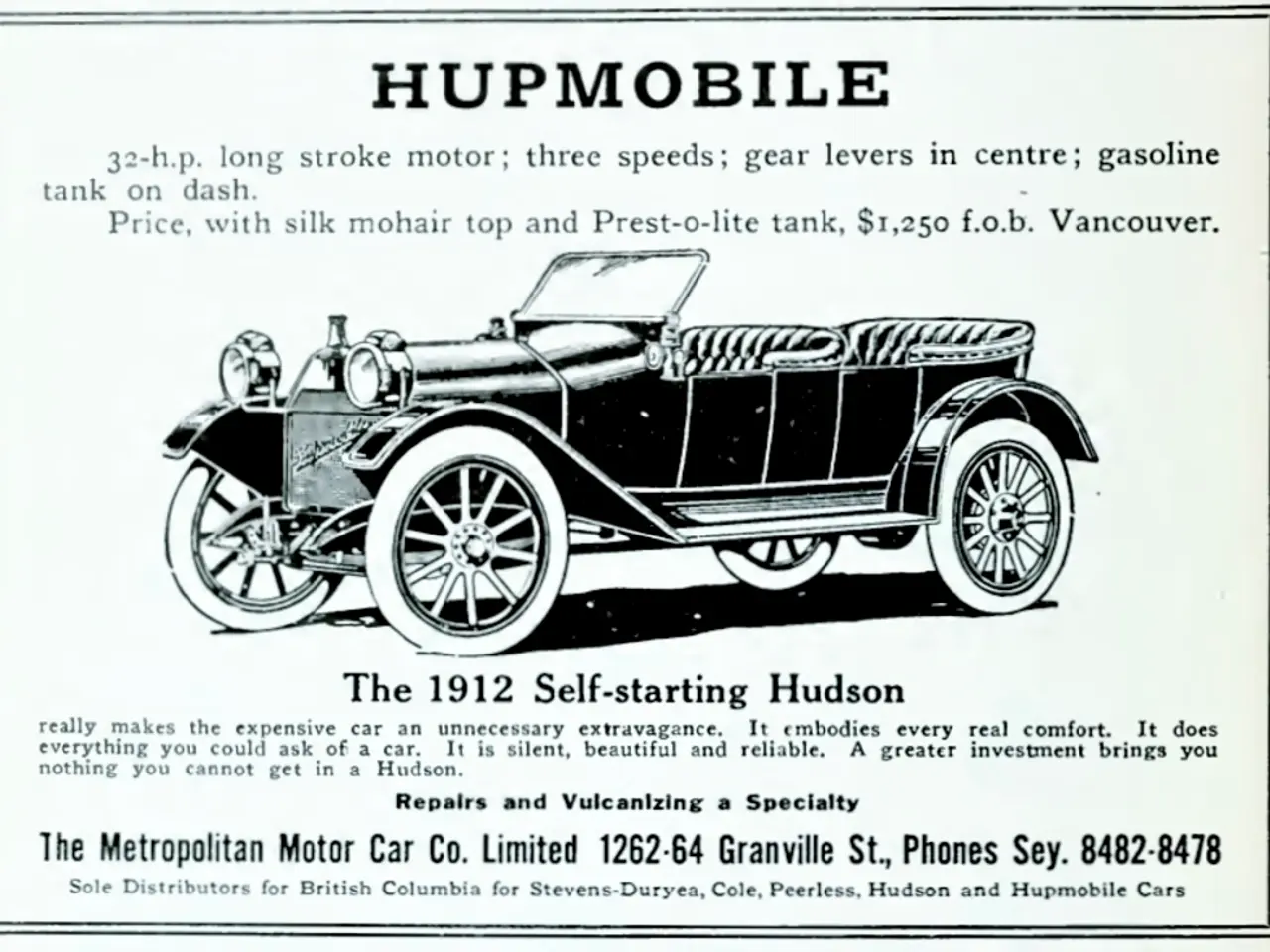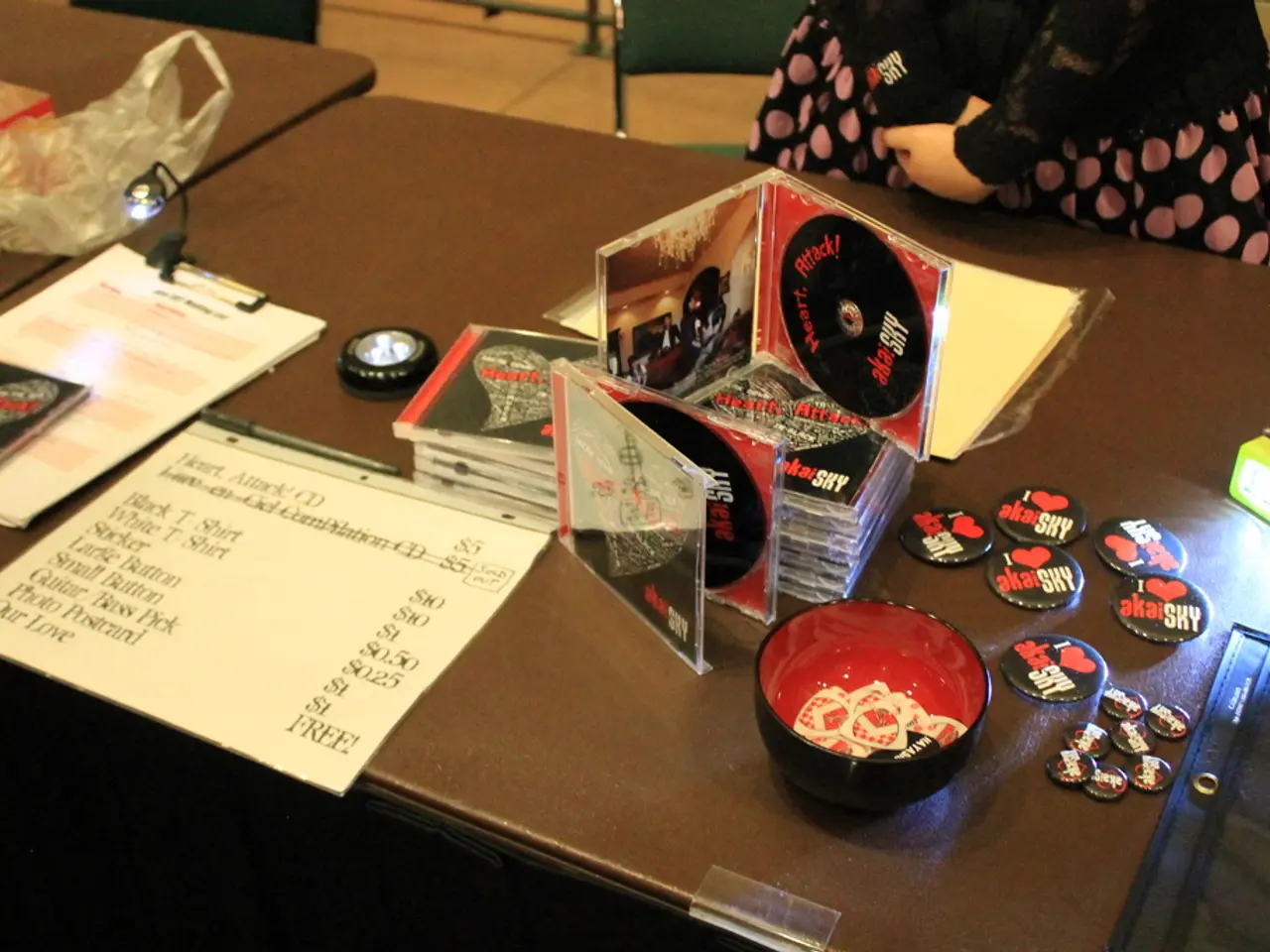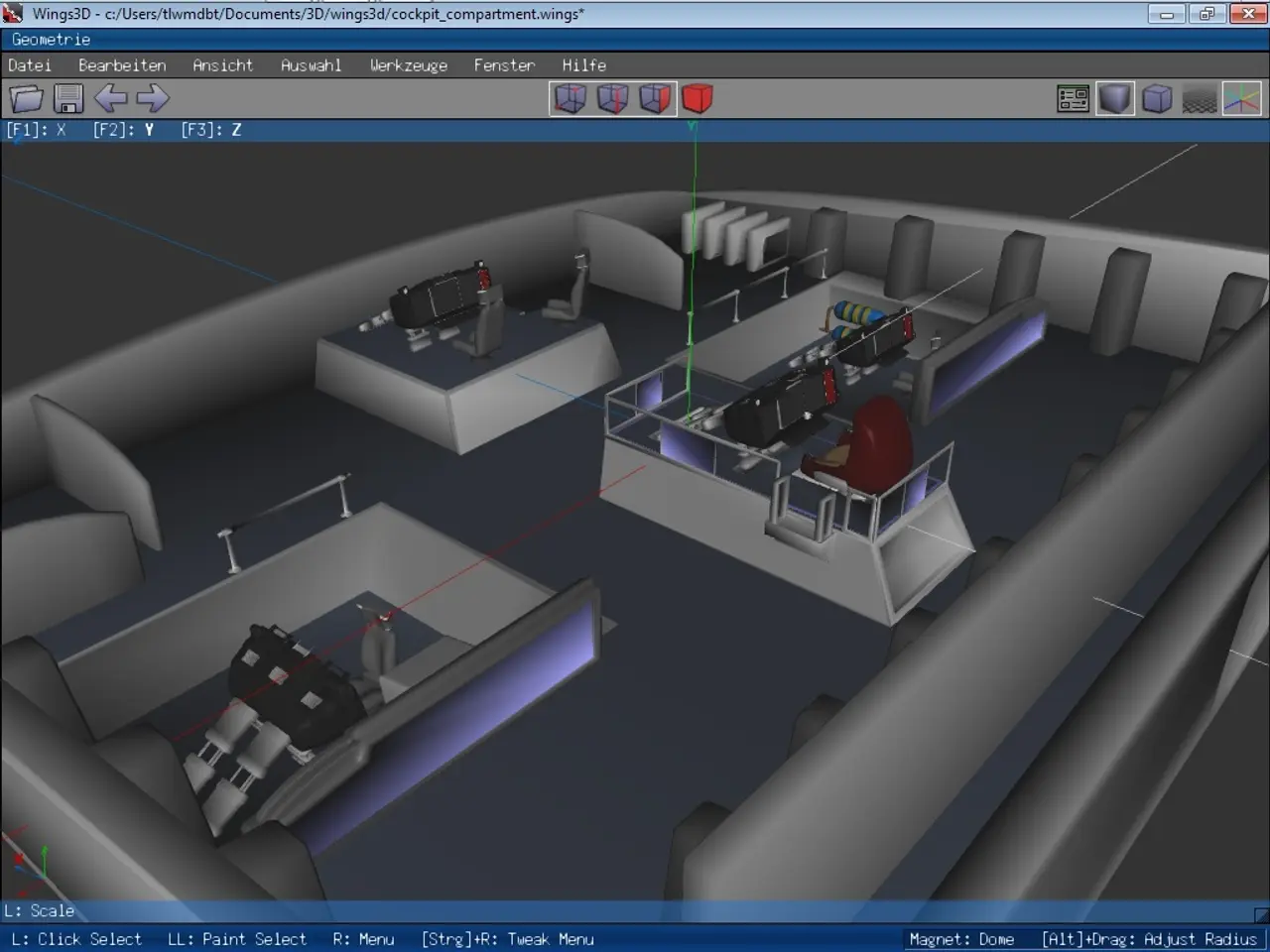Quarterly Earnings Discussion for Tesla in 2025: Highlights
Tesla's Post-Tax-Credit Strategy: A Shift Towards Robotaxis and Innovation
After the federal EV tax credit ends on September 30, 2025, Tesla is gearing up to navigate the challenges of post-tax-credit vehicle sales and aggressively expand its robotaxi services to sustain growth.
The federal $7,500 EV tax credit, which has been a significant incentive for Tesla buyers, will no longer be available after the cutoff. Tesla's most popular vehicle, the Model Y, remains qualified for credits until the cutoff, but starting Q4 2025, all Tesla models will lose access to that direct purchase incentive.
To maintain sales momentum despite losing the tax credit advantage, Tesla is likely to rely on strong brand loyalty, technology leadership, and economies of scale. The company may also lean on alternative incentives, financing options, or price adjustments, but must overcome the headwind of higher effective purchase prices for consumers.
Elon Musk has emphasized that Tesla's future growth hinges significantly on autonomous ride-hailing, or "robotaxi," services. Post-2025, Tesla intends to accelerate deployment of fully autonomous driving technology to launch robotaxi fleets, which could offer a new, scalable revenue stream independent of retail vehicle sales.
The robotaxi strategy involves leveraging Tesla's advancements in Full Self-Driving (FSD) software, reducing transportation costs, and creating a network of Tesla-owned and user-operated autonomous vehicles accessible via an app. This could compensate for lower vehicle sales as the market adjusts to the absence of federal EV tax credits.
Tesla is also making strides in the development of its Optimus humanoid robot. Tesla's VP of Vehicle Engineering, Lars Moravy, described the development lab for the Optimus as a combination of the Tatooine junkyard and Westworld. Several units of the Optimus are already walking around Tesla offices, and the company plans to showcase a full squad of these robots at its upcoming shareholder meeting.
In summary, Tesla anticipates a more challenging sales environment post-Q3 2025 due to losing the federal EV tax credit but plans to counteract this by scaling robotaxi services and continuing innovation to stay competitive in the EV market. The company's ambitions extend beyond being just a car company, with its sights set on a complete shift in how cars are bought, used, and paid for.
[1] https://www.tesla.com/investor [2] https://www.cnbc.com/2022/04/20/tesla-says-it-will-lose-federal-tax-credit-for-all-models-in-2023.html [3] https://www.reuters.com/business/autos-transportation/tesla-says-federal-tax-credit-phaseout-will-hurt-sales-2022-04-20/
Tesla's Financial Performance
In Q2 2025, Tesla reported a net income (GAAP) of $1.17 billion and an operating margin of 4.1%. However, the company's revenue for Q2 2025 was a 12% decrease year-over-year, totalling $22.5 billion.
[1] https://www.tesla.com/investor [2] https://www.tesla.com/investor/quarterly-reports
Expansion of Robotaxi Services
Tesla expects half the U.S. population to have access to its Robotaxi service by the end of the year. To support this growth, Tesla is expanding its robotaxi pilot beyond Austin, Texas. If successful, Tesla's robotaxi service could dwarf competitors in scale and possibly regulation.
[1] https://www.tesla.com/investor [2] https://www.tesla.com/robotaxi
Nudging Tesla Drivers to Try FSD
Many Tesla drivers have not tried FSD, and the company plans to nudge them with prompts and free trials. Tesla's Full Self-Driving (FSD) take rates have increased by 45% since V12 launched, indicating a growing interest in the technology.
[1] https://www.tesla.com/autopilot [2] https://www.tesla.com/autopilot/how-it-works
Affordability Suggestions for New Tesla Vehicle
William Stein, an analyst from Truist Securities, suggested that making the new Tesla vehicle more affordable would improve its sales. Elon Musk stated that the demand for the new lower-cost Tesla vehicle is high, but people lack the funds to purchase it.
[1] https://www.truist.com/insights/research/autos-trucking/electric-vehicles/tesla [2] https://www.tesla.com/vehicles
To sustain its growth after the federal EV tax credit ends in 2025, Tesla plans to invest heavily in autonomous ride-hailing services, such as the Robotaxi, as a potential new revenue stream. The company aims to accelerate deployment of fully autonomous driving technology to launch robotaxi fleets, leveraging its advancements in Full Self-Driving software.
Simultaneously, Tesla is exploring various ways to keep its vehicles affordable, acknowledging the demand for a lower-cost Tesla vehicle, yet recognizing that many potential buyers may lack the necessary funds. In this context, the company may consider financing options or price adjustments to make Tesla ownership more accessible to a wider market.




